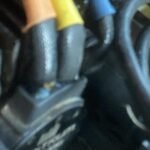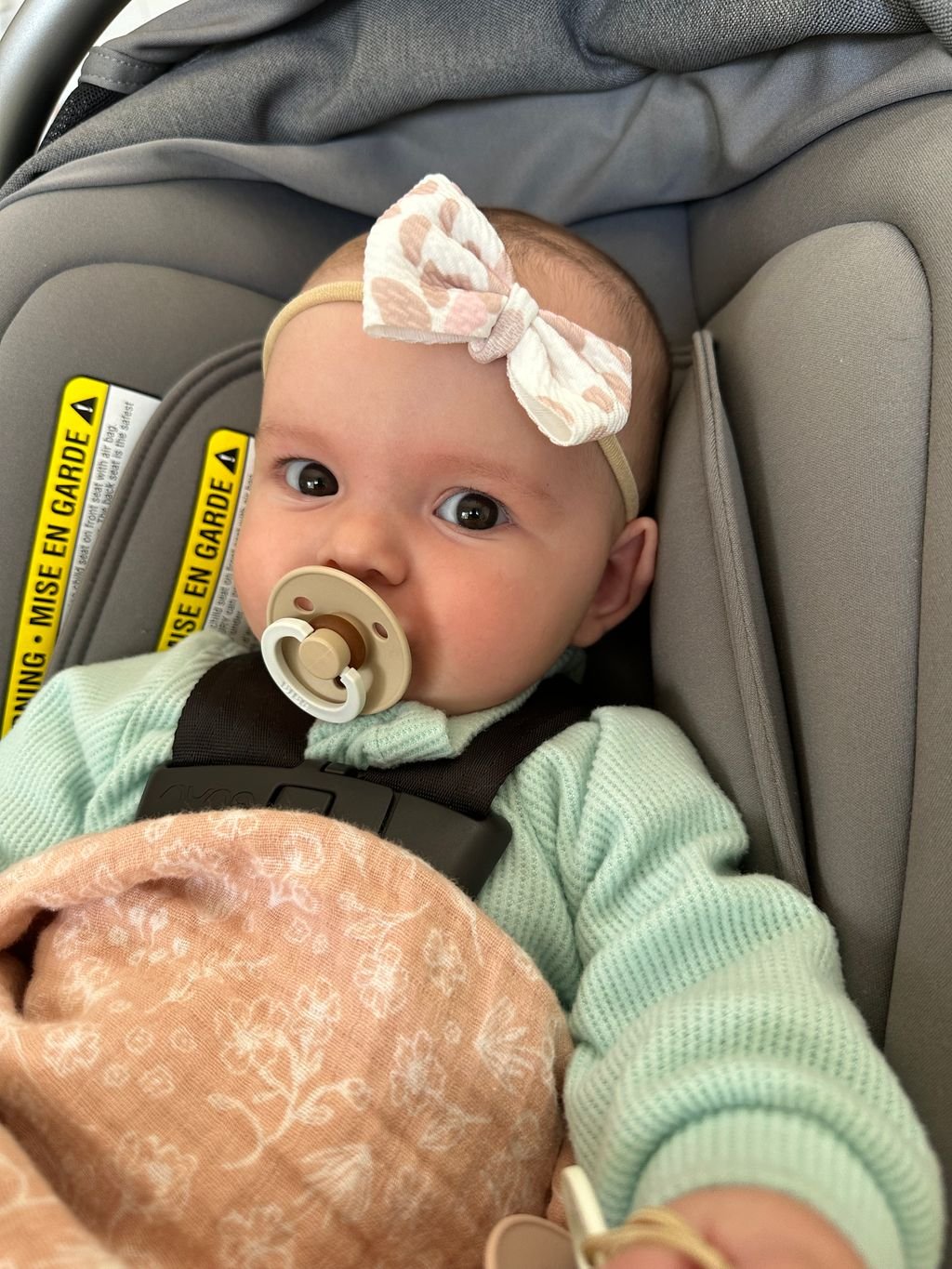Choosing the right covering for your model airplane is crucial. Ultracote and Monokote are two popular options.
Each has unique features and benefits. Comparing Ultracote and Monokote helps you make an informed decision. Both coverings offer durability, vibrant colors, and ease of application. Understanding their differences can save you time and money. This comparison will highlight key aspects to consider.
You’ll learn about their application processes, material properties, and user experiences. Whether you are a beginner or an experienced builder, this guide will help you choose the best covering for your needs. Stay tuned to find out which product suits your project better.

Credit: www.ebay.com
Ultracote Overview
Ultracote is a popular choice for model aircraft enthusiasts. It is known for its durability and ease of application. This covering material provides a smooth finish and vibrant colors. Let’s delve into its material composition and key features.
Material Composition
Ultracote is made from a unique blend of polyester. This material ensures high strength and flexibility. The polyester film is combined with an adhesive backing. This allows it to stick securely to the model aircraft surfaces. The adhesive activates with heat, creating a tight bond.
Key Features
One key feature of Ultracote is its shrinkability. It can shrink to fit complex curves and edges. This makes it ideal for detailed models. Another feature is its color retention. Ultracote resists fading, keeping your model vibrant. It also offers excellent puncture resistance. This durability helps the model withstand rough handling.
Ultracote is also easy to apply. The heat-activated adhesive makes the process simple. You only need a heat gun or iron to secure it. This user-friendly application is perfect for beginners. The material is also lightweight. It does not add unnecessary weight to the model.
Lastly, Ultracote is available in many colors and finishes. You can choose from glossy, matte, and metallic options. This variety helps you customize your model to your liking. With Ultracote, you get a reliable and versatile covering material.
Monokote Overview
Ultracote and Monokote are popular choices for covering model aircraft. Ultracote offers better workability and finish, while Monokote is known for its durability and color range. Both have their loyal users.
Monokote is a popular choice among model airplane enthusiasts. It is a heat-shrinkable plastic covering that provides a smooth, glossy finish. Monokote is known for its ease of use and durability. This section will cover its material composition and key features.Material Composition
Monokote is made from a polyester film. This film is coated with a heat-activated adhesive. The adhesive bonds to the model’s surface when heated. This creates a strong, durable finish. The polyester film is lightweight yet tough. It resists tearing and punctures.Key Features
Monokote offers several key features. First, it is available in many colors and finishes. This allows for creative designs. Second, it is easy to apply. Even beginners can achieve a professional look. Third, Monokote is fuel-resistant. This makes it ideal for gas-powered models. Fourth, it is long-lasting. It withstands the elements and regular wear. Lastly, Monokote is repairable. Small damages can be patched without replacing the entire covering. “`Ease Of Application
Choosing the right covering for your model aircraft can be challenging. Ease of application is a key factor to consider. Both Ultracote and Monokote offer unique benefits, but their application processes differ. Understanding these differences can help you make an informed decision.
Ultracote Application Process
Ultracote is known for its user-friendly application. The material shrinks evenly with heat. This makes it easier to achieve a smooth finish. Start by cutting the Ultracote to size. Apply it to your aircraft using a heat gun or iron. The adhesive activates with heat, ensuring a secure bond. You can remove and reapply Ultracote if mistakes occur. This flexibility makes it forgiving for beginners. The low-temperature application reduces the risk of damaging your model.
Monokote Application Process
Monokote offers a durable finish but requires more precision. Cut the Monokote to size before starting. Use a heat gun or iron to attach it. Monokote shrinks tighter than Ultracote. This can result in a very smooth finish. However, it demands careful handling to avoid wrinkles. The adhesive is heat-activated and forms a strong bond. Once applied, Monokote is difficult to remove without damage. This makes it less forgiving for beginners. The higher temperature application can pose risks to delicate models.

Credit: www.amazon.com
Durability And Performance
When deciding between Ultracote and Monokote, durability and performance are key factors. Both brands offer excellent qualities for covering model aircraft. Understanding their differences helps in making an informed choice.
Ultracote Durability
Ultracote is known for its strong and flexible material. It withstands impacts and resists tearing. This makes it ideal for rugged flying conditions. The material also handles extreme temperatures well. It remains stable in both hot and cold weather. Ultracote’s adhesive backing ensures a secure bond. This reduces the chance of peeling during flight.
Monokote Durability
Monokote offers excellent toughness. It is highly resistant to punctures and abrasions. This makes it suitable for long-term use. Monokote also performs well under UV exposure. It resists fading and maintains its color. This keeps your model looking new for longer. The adhesive on Monokote is strong. It ensures a tight, wrinkle-free application.
Weight Considerations
Weight is a crucial factor in the performance of model aircraft. It affects everything from flight dynamics to fuel efficiency. Choosing between Ultracote and Monokote involves considering their weight. This section explores how weight impacts flight and compares the two materials.
Impact On Flight
Weight influences the overall flight performance. Lighter models tend to be more agile. They respond quicker to controls. Heavier models may feel sluggish. They require more power to stay airborne. Weight also affects the stability of the aircraft.
Comparative Analysis
Ultracote is known for its lightweight properties. It adds less weight to the aircraft. This can improve flight time and control. Monokote is slightly heavier. It offers more durability but can affect agility. Choosing between them depends on your priorities.
Color And Finish Options
Choosing the right covering material for your model aircraft can be a game-changer. The color and finish options available can significantly impact the aesthetic appeal and performance of your project. Two popular choices among model enthusiasts are Ultracote and Monokote. Each brand offers a unique range of colors and finishes, but which one suits your needs best? Let’s dive into the variety each provides.
Ultracote Variety
Ultracote offers an impressive selection of colors and finishes that cater to both classic and modern tastes. With over 50 color options, you can find everything from vibrant primary colors to more subdued, metallic finishes.
If you prefer a matte look, Ultracote has got you covered. Their matte finishes are perfect for a more realistic appearance. On the other hand, their high-gloss options can make your aircraft stand out even from a distance.
Have you ever struggled to match a particular color scheme? With Ultracote, you can mix and match easily. Their color consistency ensures that your aircraft looks cohesive and professional.
Monokote Variety
Monokote also boasts a diverse palette, though it leans more towards high-gloss finishes. This makes it ideal for those who want their aircraft to shine and catch the eye. With around 40 colors, the options are slightly fewer than Ultracote, but still plentiful.
Monokote is known for its vibrant and bold colors. If you want your model to be the center of attention at the flying field, Monokote’s glossy finish will help you achieve that.
Are you looking for a specific design or pattern? Monokote offers specialty films like checkerboards and other patterns, making customization straightforward and fun.
In the end, the choice between Ultracote and Monokote often comes down to your personal preference for color variety and finish. What matters most to you: a wider color palette or a high-gloss finish? Making this decision can help you elevate your model aircraft to new heights.
Cost Comparison
Choosing between Ultracote and Monokote can be challenging, especially when considering the cost. Both are popular options for covering model aircraft, but their price points can differ. Let’s break down the cost comparison to help you make an informed decision.
Price Range
Ultracote typically ranges from $15 to $20 per roll. The price can vary depending on the color and retailer. On the other hand, Monokote is usually priced slightly higher, around $18 to $22 per roll. This price difference might seem minimal, but it can add up if you need multiple rolls for a larger project.
Value For Money
While price is essential, value for money is crucial. With Ultracote, you get a material that is easier to work with and offers excellent shrinkage properties. This means fewer wrinkles and a smoother finish.
Monokote, though slightly more expensive, is known for its durability and long-lasting finish. If you want your model aircraft to withstand the test of time, the extra cost might be worth it.
Have you considered the cost of mistakes? If you’re a beginner, Ultracote’s ease of use might save you money in the long run. But if you’re an experienced builder, Monokote’s durability could offer better value.

Credit: thelukens.net
Frequently Asked Questions
Is Monokote Discontinued?
Monokote is not discontinued. It is still available for purchase through various suppliers and distributors.
What Temperature For Ultracote?
Ultracote requires a temperature of 220-250 degrees Fahrenheit for proper application. Use a heat gun or iron to apply.
What Is Monokote Covering?
Monokote covering is a lightweight, heat-shrinkable plastic film used for finishing and protecting model aircraft surfaces. It provides a smooth, durable finish and comes in various colors.
How Long Does Monokote Last?
Monokote can last up to 20 years with proper application and maintenance. Its durability depends on environmental conditions.
What Is The Difference Between Ultracote And Monokote?
Ultracote is more flexible, while Monokote is stiffer. Both are used for covering model airplanes.
Conclusion
Choosing between Ultracote and Monokote depends on your needs. Both offer quality finishes. Ultracote provides better flexibility. Monokote is great for durability. Evaluate your project requirements. Think about ease of use and desired results. Both options serve well. Happy building!






